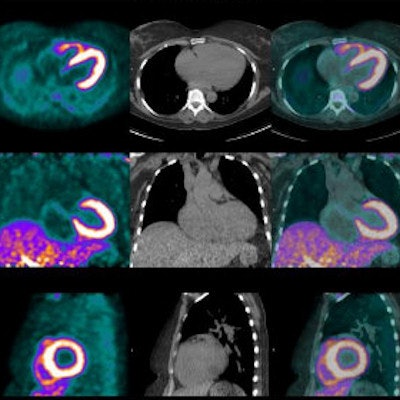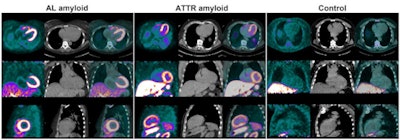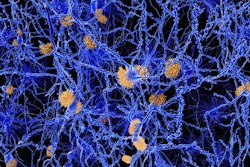
Australian researchers have shown the proficiency of PET with the radiotracer F-18 florbetaben to detect abnormal deposits of proteins in the heart in a study published in the November issue of the Journal of Nuclear Medicine.
Called cardiac amyloidosis, the condition is particularly difficult to diagnose because the first signs are nonspecific and usually attributed to other causes. Patient prognosis is extremely poor as the condition is often discovered late in the course of the disease.
Currently, there is no definitive test to diagnose cardiac amyloidosis and the presence of the protein, amyloid, other than an invasive biopsy of the heart muscle, said corresponding author Dr. W. Phillip Law from Princess Alexandra Hospital in Brisbane.
In this study, the researchers used PET with florbetaben (NeuraCeq, Piramal Imaging) in 14 subjects to acquire standardized uptake value (SUV) ratios and the percentage of myocardial radiotracer retention, comparing patients with amyloid deposits with hypertensive control subjects (JNM, Vol. 57:11, pp. 1733-1739).
 F-18 florbetaben PET appeared promising for differentiating between cardiac amyloidosis and hypertensive heart disease. Image courtesy of W. Phillip Law, Princess Alexandra Hospital, Brisbane, Australia.
F-18 florbetaben PET appeared promising for differentiating between cardiac amyloidosis and hypertensive heart disease. Image courtesy of W. Phillip Law, Princess Alexandra Hospital, Brisbane, Australia.The subsequent analysis found that florbetaben-PET imaging was able to accurately identify and differentiate between cardiac amyloidosis and hypertensive heart disease. In addition, the percentage of myocardial florbetaben retention was an independent indicator of myocardial dysfunction in cardiac amyloidosis.




















